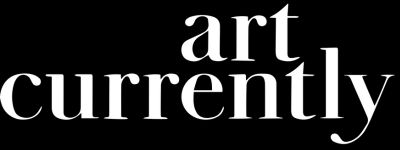Review: Ja'Tovia Gary's The Giverny Suite at the MoMA

“Do you feel safe?”
This is the question at the heart of Ja’Tovia Gary’s The Giverny Suite, a “cinematic poem” now on view at MoMA as part of the Museum’s 1970’s-Present Collection. As Gary confronts Black girls and women on Malcolm X Boulevard with this question, they pause to consider the nature of the question itself. Is “safety” for Black girls and women in Harlem, a physical question? Or is it a political, or spiritual one?
The silence before each girl and woman answers is a heavy one.
The suite itself, where Gary’s film is projected, is an open room with an earthy, sweet smell drifting from the altars dedicated to Yemaya and Oshun. At the center is a toppled antique loveseat, and the film is projected on the three walls that surround it.
The younger girls seem to feel the least safe. They speak of recent episodes that unsettled them. Being followed by a man while walking down the street is a recurrent one. They list the precautions they take against the dangers that come with inhabiting this city and their bodies. Some of them take up extracurriculars in order to find a safe space after school. They calculate where they will be, how they will dress, with whom they will be.
The interviews are intercut with different clips, including Nina Simone performing “Feelings” at the Montreux Jazz Festival in 1976. Simone begins the first few lines of the song, “trying to forget all my feelings of love,” and then cuts herself off. “Goddamn. I mean what a shame to have to write a song like that.” She starts, then stops again, “I do not believe the conditions that produced a situation that demanded a song like that.” Is safety a question of love?
The women and girls being interviewed drift in and out of our grasp.
Parts of Gary’s cinematic poem were filmed during an artist’s residency in Giverny, where Claude Monet’s gardens offered her a place of rest. There are clips of Diamond Reynolds recounting the killing of her boyfriend Philando Castille by police in 2016. There’s Fred Hampton doing a press conference, before his FBI-sanctioned murder while in bed with his pregnant girlfriend in 1969. Josephine Baker swings from the top of an oversized birdcage, first evoking gentleness and frailty, but then something darker as we wonder why she dangles there voiceless.
One woman talks about always walking with her husband of twenty-five years in order to be safe. There is mention of wearing baggy clothes and no makeup. Josephine Baker is lifted out of her golden bird’s cage by a chorus of praising men.
The women who appear the most secure, speak of a sense of spiritual protection. “I never walk alone. I walk with God,” an older woman answers with conviction. “I’m protected by God, and prayers,” declares another. There are women who speak of their relationship to themselves as the source of their safety. “I respect myself. I take care of myself,” states one woman.
“I don’t feel like I’m in danger,” a seven-year-old says confidently as she holds her father’s hand.
Ja’Tovia Gary is a filmmaker and multidisciplinary artist working across documentary, avant-garde video art, sculpture, and installation. The artist is deeply concerned with re-memory and employs a rigorous interrogation and apprehension of the archive in much of her work. She seeks to trouble notions of objectivity and neutrality in nonfiction storytelling by asserting a Black feminist subjectivity, and applies what scholar and cultural critic bell hooks terms “an oppositional gaze” as both maker and critical spectator of moving image works.
 (1).jpg)

